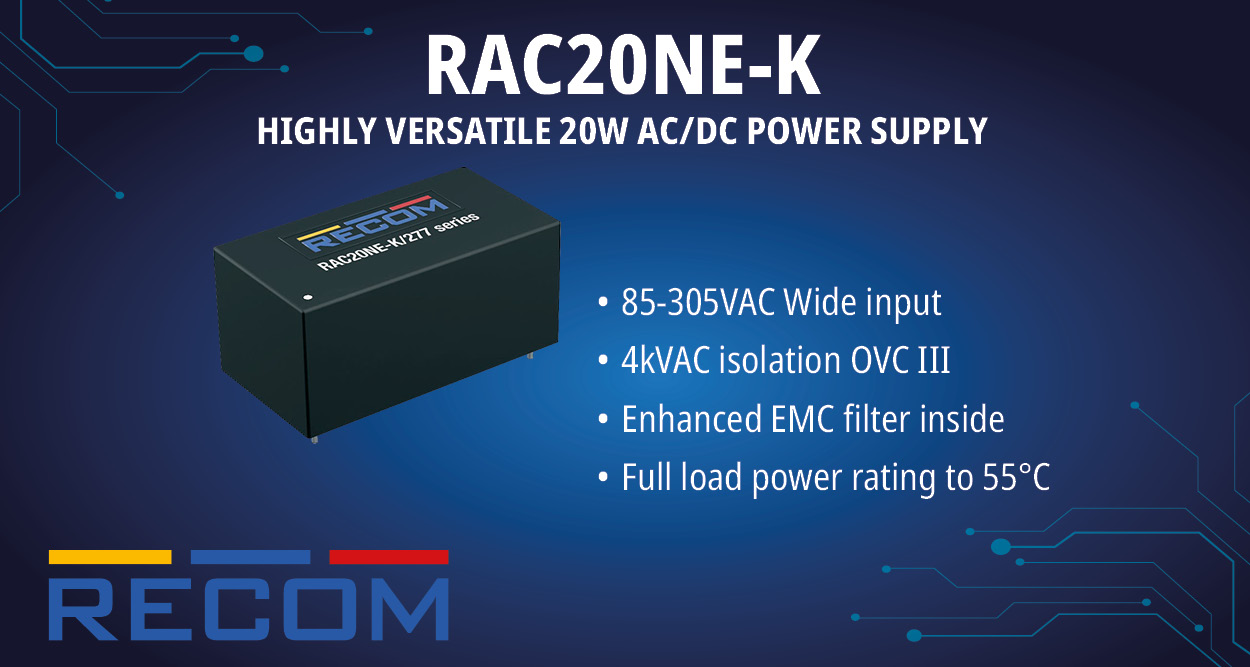The global data center market size is calculated at USD 235.65 billion in 2025 and is expected to hit around USD 481.73 billion by 2034 with a CAGR of 11.4% from 2025 to 2034. The U.S. data center market size was estimated at USD 54.42 billion in 2024. The accelerated adoption of digital transformation, cloud computing, and advanced technologies like artificial intelligence (AI), machine learning (ML), and the Internet of Things (IoT) has significantly amplified the need for data processing and storage. This surge in demand is driving the expansion of data center infrastructure to provide scalable, high-performance data management solutions.
Growing Role of Hyperscale and Colocation Data Centers
The industry is witnessing increased reliance on hyperscale and colocation data centers. Leading hyperscale providers—Amazon Web Services (AWS), Microsoft Azure, and Google Cloud—are continuously expanding their global data center footprints to meet rising demand for cloud storage and computing services. Simultaneously, colocation services are gaining popularity among enterprises seeking cost-effective alternatives to building proprietary facilities. These centers offer advantages such as scalable capacity, high connectivity, and enhanced security—ideal for organizations looking to streamline their IT operations.
Edge Computing: Fueling Real-Time Data Demands
Edge computing is emerging as a major growth driver in the data center sector. As data generated from IoT devices and real-time applications increases, so does the need for ultra-low-latency processing. Edge data centers, positioned closer to end users or data sources, reduce latency and improve application responsiveness. This trend is particularly significant in industries like autonomous vehicles, smart cities, and healthcare, where real-time decision-making is critical.
Sustainability and Technological Innovation
Sustainability is becoming a strategic priority in data center development. Operators are focusing on renewable energy, energy-efficient designs, and advanced cooling systems to reduce environmental impact. Regulatory support and eco-friendly initiatives are further accelerating green data center adoption. Innovations like liquid cooling, AI-driven infrastructure management, and modular architectures are improving efficiency and reducing operational costs, encouraging enterprises to modernize their IT environments.
Data Center Market Segmental Insight
Component Insights
Hardware:
In 2024, hardware accounted for over 67.0% of the market share. The growing use of digital platforms, IoT, and social media has significantly increased demand for data storage and processing, driving investment in advanced CPUs, servers, GPUs, and memory. These upgrades are essential for supporting complex workloads, including AI model training.
Software:
Expected to grow at a CAGR of 12.5%, the software segment is driven by the growing need for virtualization and cloud-native applications. Security enhancements—such as encryption, access control, and real-time monitoring—are in high demand. Software also plays a key role in improving energy efficiency and enabling smart infrastructure management.
Hardware Insights
Servers:
The server segment led the hardware market in 2024, capturing over 34.0% of revenue. Ongoing innovations—such as the integration of energy-efficient ARM processors—are enhancing server performance and lowering operational costs, making them more appealing to data center operators.
UPS (Uninterruptible Power Supply):
This segment is projected to grow significantly. With the increasing dependence on data availability and digital services, the demand for UPS systems is rising. These systems play a vital role in ensuring business continuity and preventing data loss during power outages.
Software Insights
Virtualization:
Accounting for nearly 18.0% of software market share in 2024, virtualization enables the efficient use of physical infrastructure by running multiple virtual machines on single servers. It lowers capital and operational costs while enhancing scalability and resource utilization.
DCIM (Data Center Infrastructure Management):
Expected to see strong growth, DCIM solutions help operators monitor and manage infrastructure in real-time. Features like predictive maintenance and automated alerts are critical for minimizing downtime and maximizing uptime.
Services Insights
Professional Services:
In 2024, this segment held nearly 49.0% of the services market. As legacy data centers struggle to support new workloads, professional services—including design, implementation, and modernization—are essential to meet performance and capacity demands.
Support Services:
As data centers grow in complexity, demand for expert support services continues to rise. These services help manage and maintain infrastructure effectively, ensuring long-term reliability and operational efficiency.
Type Insights
In 2024, the on-premises segment led the market with over 39.0% revenue share, fueled by heightened concerns over data security and privacy. Organizations operating in heavily regulated sectors—such as finance, healthcare, and government—prefer to maintain full control of their IT infrastructure. Managing data in-house allows these entities to implement customized security measures and ensure compliance with strict industry regulations, minimizing the risk of external breaches.
Meanwhile, the hyperscale segment is poised for significant CAGR growth over the forecast period. The rising demand for cloud-based services has prompted major providers like AWS, Microsoft Azure, and Google Cloud to aggressively expand their hyperscale facilities. The growing adoption of remote work, digital collaboration, and real-time data processing continues to drive hyperscale investment and cloud infrastructure development.
Server Rack Density Insights
The <10kW rack density segment held the largest market share in 2024, accounting for over 36.0%. These lower-density racks are preferred in on-premises and colocation environments due to their cost-efficiency and ease of cooling. Their reduced power and thermal requirements make them attractive to both small enterprises and colocation providers catering to clients with moderate processing needs.
Conversely, the 20–29kW segment is projected to grow at a notable CAGR, driven by the need for mid-to-high-performance infrastructure. As organizations expand digital initiatives—particularly those involving AI, ML, and big data—they are deploying denser rack setups to efficiently process and analyze large datasets. This tier offers a performance sweet spot without the scale or complexity of hyperscale deployments.
Redundancy Insights
In 2024, the N+1 redundancy model dominated the market, capturing nearly 70.0% of total revenue. This setup ensures fault tolerance and high availability—a critical requirement for enterprises where downtime can cause substantial financial and operational losses. N+1 configurations are widely adopted to balance reliability with cost-effectiveness.
The N+2 segment, however, is anticipated to grow significantly, particularly in high-stakes industries like finance, healthcare, and telecom. These sectors demand mission-critical reliability and near-zero downtime. The need for robust disaster recovery and business continuity strategies is prompting greater investment in more resilient redundancy frameworks.
Power Usage Effectiveness (PUE) Insights
The 1.2–1.5 PUE range held the largest share in 2024 at over 47.0%, supported by widespread adoption of cost-effective yet efficient cooling and power systems. Techniques like cold/hot aisle containment, in-row cooling, and energy-efficient HVAC systems are widely used to balance operational efficiency with cost control.
Meanwhile, the <1.2 PUE segment is expected to grow at a rapid pace. Rising environmental concerns and tightening regulatory standards are pressuring data center operators to pursue ultra-efficient, sustainable infrastructure. Innovations such as liquid cooling, AI-powered energy optimization, and renewable energy integration are enabling operators to push below traditional PUE benchmarks.
Design Insights
Traditional data center designs accounted for more than 75.0% of market share in 2024. These facilities remain attractive due to lower capital requirements and simplicity in deployment, especially for small and medium-sized enterprises that prioritize basic IT needs over modularity or scalability.
In contrast, the modular data center segment is projected to grow at a strong CAGR. Their scalable, plug-and-play architecture allows for faster deployments and cost-effective expansion. Modular solutions are ideal for cloud service providers and businesses scaling digital operations, particularly in regions with dynamic or fluctuating infrastructure demands.
Tier Level Insights
Tier 3 facilities led the market in 2024, accounting for over 58.0% of revenue. The proliferation of edge computing has driven this growth, with Tier 3 centers offering the required availability and redundancy for distributed, latency-sensitive applications—such as smart cities, autonomous systems, and real-time analytics.
Tier 4 data centers, offering the highest level of fault tolerance and uptime, are expected to grow robustly. As digital transformation intensifies and reliance on real-time, data-intensive applications increases, organizations in sectors like finance and research require Tier 4-level infrastructure to avoid service interruptions.
End-Use Insights
The cloud service provider (CSP) segment dominated in 2024, holding over 63.0% of total market revenue. The surge in demand for high-performance computing (HPC), AI/ML, and big data analytics is fueling infrastructure expansion by CSPs. These providers are building increasingly sophisticated facilities to meet diverse enterprise computing needs across industries.
The technology provider segment is forecasted to grow at a notable rate, driven by rising demand for SaaS, PaaS, and IaaS solutions. As businesses migrate workloads to the cloud, technology vendors must invest in scalable and resilient data center environments to ensure consistent service delivery.
Enterprise Size Insights
In 2024, large enterprises accounted for more than 83.0% of market share, primarily due to their adoption of hybrid and multi-cloud strategies. These organizations often require integration with both public cloud platforms and private infrastructure to manage complex, data-intensive workloads. The need for scalability, security, and operational flexibility makes large enterprises the leading data center customers.
Meanwhile, small and medium-sized enterprises (SMEs) are projected to experience significant CAGR growth. Many SMEs are turning to regional and colocation data centers to gain access to secure, low-latency infrastructure without bearing the cost of building and operating their own facilities. Compliance with data sovereignty regulations is also influencing local deployment preferences.
Data Center Market Regional Insights
North America led the global market in 2024 with over 40.0% market share, driven by the widespread adoption of cloud computing, AI, and big data. Enterprises are embracing hybrid and multi-cloud models to improve agility, while hyperscale providers continue expanding their infrastructure to meet growing demand.
U.S. Market
The U.S. data center market is projected to grow at a CAGR of 10.7% from 2025 to 2030, fueled by investments from hyperscale cloud providers and growing demand for AI and edge computing. Strategic expansions across major hubs such as Northern Virginia, Silicon Valley, and Dallas are shaping the national landscape.
Europe Market
Europe is poised for substantial growth, driven by the increasing need for data localization and GDPR compliance. Countries like the Netherlands, Ireland, and Denmark are becoming preferred destinations due to favorable regulations, renewable energy availability, and strong connectivity.
In Germany, the focus on Industry 4.0, real-time data processing, and sustainable infrastructure is contributing to strong demand, particularly in automotive and manufacturing sectors.
Asia Pacific Market
Asia Pacific is projected to be the fastest-growing region, with a CAGR of 13.3% from 2025 to 2030. Rapid digitization, 5G rollout, and rising cloud adoption are fueling investments in hyperscale and edge data centers across China, India, Japan, and Singapore.
In Japan, robust 5G infrastructure and digital government initiatives are spurring investments from both global and domestic players like NTT Communications and KDDI.
China continues to dominate regionally, backed by massive investments from Alibaba, Tencent, and Huawei. The government’s strong emphasis on data sovereignty and local storage requirements is driving the rapid development of regional hyperscale facilities.
Ask here for more details@ https://www.cervicornconsulting.com/sample/2504

















